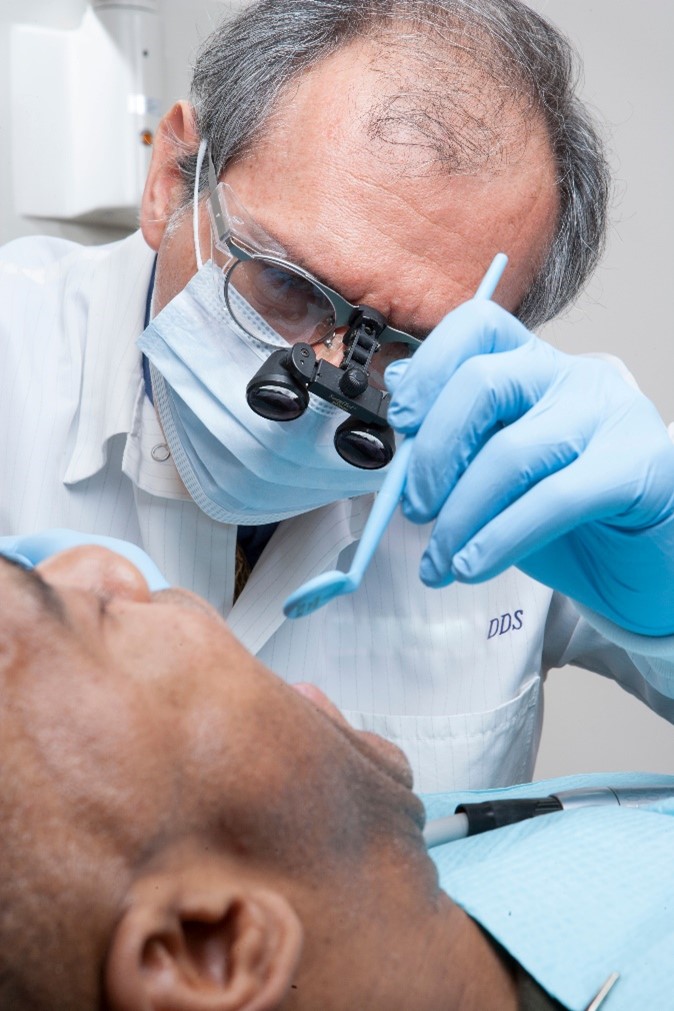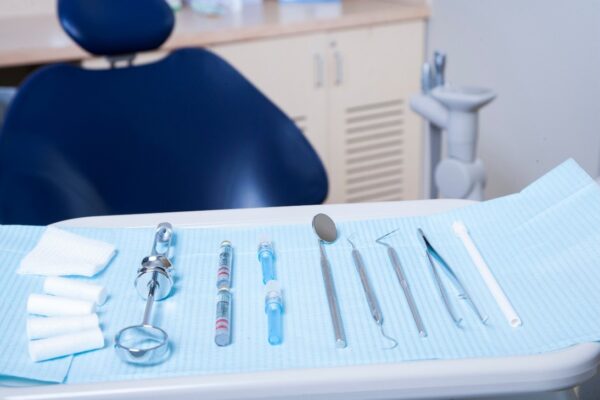Characterized by a wide range of symptoms like jaw pain and stiffness, headaches, difficulty opening/closing the mouth, tinnitus, and toothache, temporomandibular joint (TMJ) disorders can be caused by arthritis, bruxism, jaw injuries, and even stress. While painful, it can be remedied through oral surgery and other nonsurgical methods.
After receiving a TMJ disorder diagnosis, Dr. Pranathi Reddy explains that patients can expect to try a variety of non-invasive treatments before being referred to a highly experienced oral surgeon for a more intense (but helpful) intervention.
Diagnosing TMJ Disorders
Both doctors and dentists diagnose TMJ disorders by discussing symptoms and examining patients’ jaws. Generally speaking, they will:
- Listen to the jaw when opening and closing the mouth.
- Feel the jaw when opening and closing the mouth.
- Look at the jaw’s range of motion.
- Press on parts of the jaw to find pain points or spots of discomfort.
After this examination, doctors or dentists will likely request a number of scans (i.e., dental X-rays, CT scans, and MRIs) to figure out the root cause.
TMJ Treatment Options
The best treatment depends on a myriad of factors, including the patient’s pain severity and the cause of the TMJ disorder identified during diagnosis. As previously mentioned, practitioners typically try to use nonsurgical or medication options before recommending oral surgery.
Medication
There are a few over-the-counter medications and prescription drugs that can relieve the symptoms of TMJ disorders, such as:
- Pain relievers
- Nonsteroidal anti-inflammatory drugs (e.g., ibuprofen and naproxen)
- Antidepressants
- Muscle relaxants
Some of the above, especially antidepressants, have been known to cause teeth grinding or clenching (a.k.a., bruxism). Thus, patients should talk to their provider about the benefits versus risks before agreeing to a certain medication.

Nonsurgical TMJ
Typically, medications will be provided alongside one of the nonsurgical treatment options below:
- Physical therapy — Alongside stretches and exercises to strengthen the jaw muscles, physical therapists will offer treatments like ultrasound to relieve TMJ pain.
- Mouth guards/oral splints — Some patients benefit from a soft or firm device put over the teeth at nighttime.
- Counseling — Through education, therapists help patients understand behaviors/factors that could aggravate the TMJ disorder, allowing them to avoid these scenarios.
- Trigger point injections — This involves dry needles or injecting substances into the muscle knots to relieve the tension.
Surgical Interventions
If medication and nonsurgical treatment methods aren’t enough to rectify the TMJ disorder, professionals will advise surgical interventions. Like the aforementioned options, the particular surgery varies based on the patient, but can include:
- Arthrocentesis — It’s a minimally invasive procedure consisting of the insertion of tiny needs into the joint to irrigate it, removing debris and inflammatory products.
- TMJ arthroscopy — During this surgery, a cannula is put into the joint space before an arthroscope is inserted with small surgical instruments. It carries fewer risks and complications than the below-mentioned open-joint surgery.
- Open-joint surgery — For patients whose jaw pain doesn’t disperse with more conservative options, dentists or doctors may recommend open-joint surgery to replace or repair the joint. While professionals do their best to mitigate as many risks as possible, this surgery carries risks. Thus, it’s only implemented after thorough discussion of the pros and cons.
